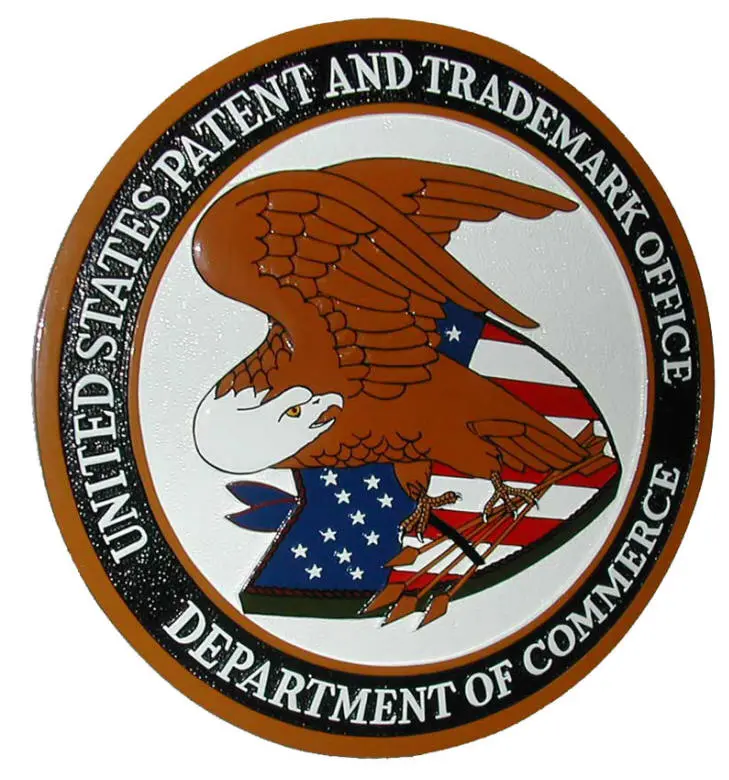Patent Law Overhaul

On September 16, 2011, the President signed the Leahy-Smith America Invents Act into law. While less comprehensive than many in the legal community might have hoped, the new legislation nevertheless represents the most significant overhaul of the American patent system in 60 years.
Though most businesses will not be greatly impacted by the measures now in place, there are some changes in the law that are noteworthy. For a concise overview the many changes scheduled to take effect over the next 18 months, check out our new America Invents Act Guide!
Major Changes
First-to-File
The cornerstone of the new law is a change from the current “first-to-invent” approach to a “first-to-file” approach for determining who should be granted a patent. This change, scheduled to take place in March 2012, is not altogether revolutionary—most countries around the world already operate under a “first-to-file” patent system, and most patent attorneys have long recommended that inventors file early and often to protect their future options for securing foreign patents.
Moreover, while the U.S. has historically operated under a “first-to-invent” system—wherein a patent is awarded to the inventor who can prove the first conception of the idea—inventors who are beat to the patent office have faced an uphill struggle in contesting the resulting patent. Producing meaningful proof of idea conception is very difficult, and often the filing of the patent application is the first clear documentation of the invention. Thus, our advice to clients remains the same: file early, and file often. If the costs or time required to do so pose an obstacle for your business, consider filing a provisional application to secure the earliestpossible filing date.
One Year Grace Period
Another noteworthy change that will take place in 2012 relates to the “one year grace preiod” for filing. Under the current U.S. patent system, an inventor can file a patent for an invention up to one year after it is first published, publicly used, offered for sale, or sold in the U.S. While in the past, anyone could have “published, publically used, offered for sale or sold” the invention, under the new law the grace period applies only to the inventor’s own disclosure, or a disclosure derived from his or her invention—not a third party’s.
While the preservation of the grace period will make the transition to the first-to-file system less dramatic here than in other countries, which have shorter or nonexistent grace periods, it is still advisable not to publically disclose an invention before applying for basic patent protection.
Track One Prioritized Examination
A third important component of the Leahy-Smith patent law is the new “Prioritized Examination” program, which allows applicants to pay a premium fee to place applications on a prioritized track. The USPTO says that it’s goal is to provide a final disposition of the application within a year, on average. The prioritized option is available only to non-provisional, non-reissue utility and plant applications, and is limited to 10,000 applications per USPTO fiscal year. It could potentially reach this limit very quickly. More information on patent acceleration options.
For more information on the many new provisions of the Leahy-Smith America Invents Act, check out our AIA Quick Guide.